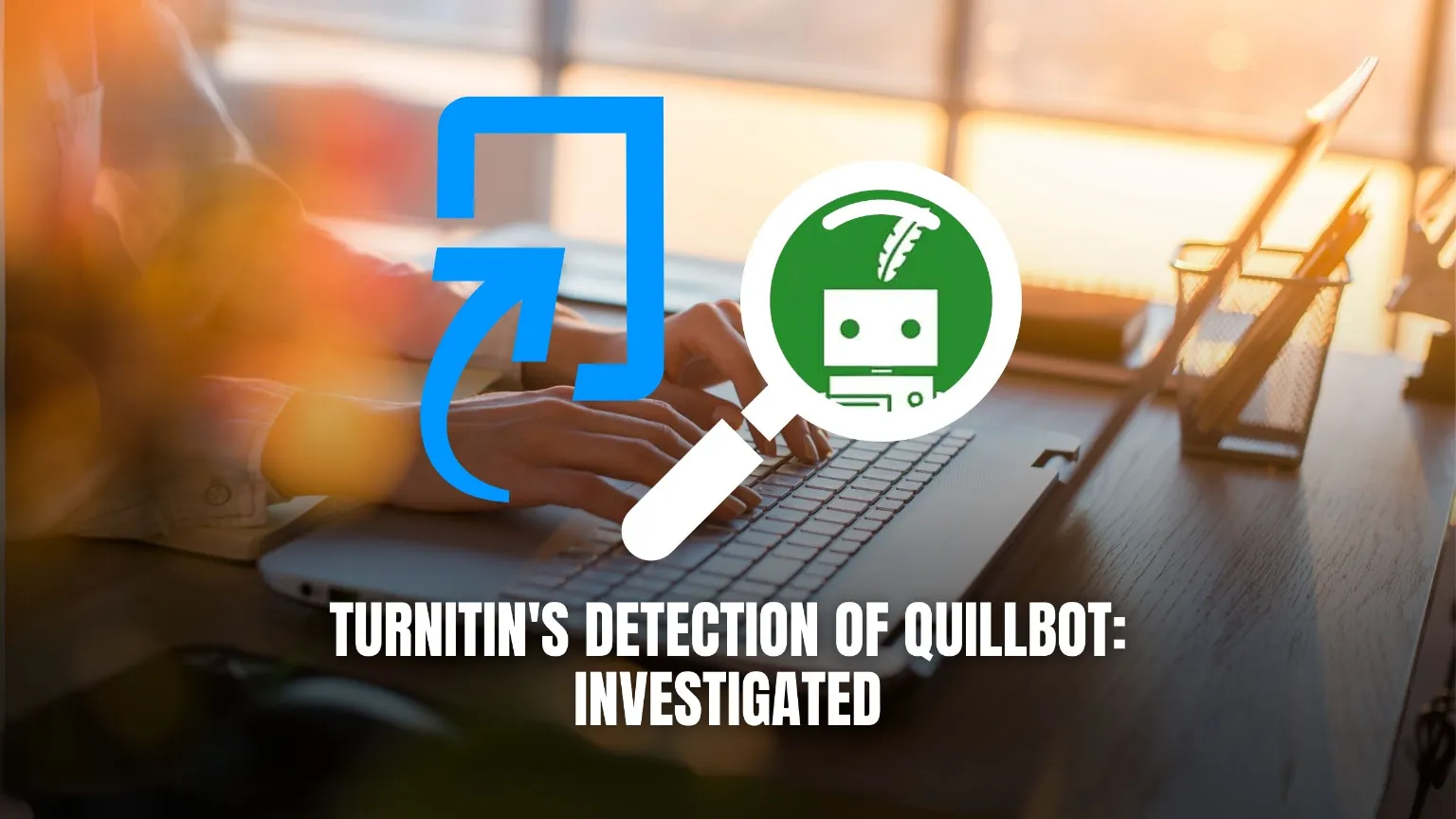Turnitin’s Detection of QuillBot: Investigated
- AI Image Generators Software AI Writing Assistant Popular Tools AI Tools


Turnitin’s Detection of QuillBot: Investigated
In recent times, there has been much speculation surrounding the capabilities of Turnitin in detecting content generated or paraphrased using tools like QuillBot. This blog aims to delve into the intricacies of Turnitin’s detection methods in relation to QuillBot-generated content, shedding light on the effectiveness of plagiarism detection software in today’s digital age.
Understanding Turnitin’s Algorithm
Turnitin, a widely used plagiarism detection software, employs a sophisticated algorithm to analyze submitted documents for textual similarities. It compares the submitted text against its extensive database of academic and online content, flagging sections that exhibit high similarity to existing sources. Additionally, Turnitin incorporates machine learning techniques to continuously improve its detection capabilities, adapting to new forms of plagiarism.
Evaluation of QuillBot’s Paraphrasing
QuillBot, on the other hand, is an AI-powered paraphrasing tool that aims to rephrase sentences while retaining the original meaning. While QuillBot can produce rewritten content, the question remains: can Turnitin effectively detect paraphrased text generated by QuillBot? The complexity of QuillBot’s algorithms and the degree of semantic transformation it applies to text pose challenges for Turnitin’s detection mechanisms.
Effectiveness of Turnitin in Detecting QuillBot Output
Turnitin’s effectiveness in detecting QuillBot-generated content depends on various factors, including the depth of the algorithm’s analysis and the sophistication of QuillBot’s paraphrasing techniques. While Turnitin may flag certain similarities, it may not always identify paraphrased content accurately, especially if QuillBot produces sufficiently modified text. Moreover, Turnitin’s reliance on textual patterns and similarities may struggle to differentiate between genuinely original content and well-paraphrased passages.
Limitations and Challenges
Despite Turnitin’s robust capabilities, it may encounter challenges in accurately detecting content generated by advanced AI paraphrasing tools like QuillBot. As AI technologies evolve, so too must plagiarism detection methods, highlighting the ongoing arms race between content creators and detection software developers. Additionally, the ethical considerations surrounding the use of AI-generated content and its detection further complicate the landscape of content verification.
Relevance of Other SaaS Products:
- Grammarly: Grammarly provides advanced writing assistance, including plagiarism detection, which can complement Turnitin’s capabilities in identifying paraphrased content. Its real-time feedback and comprehensive writing suggestions enhance the writing process for users across various contexts.
- Copyscape: Copyscape specializes in detecting online plagiarism and could be used alongside Turnitin to ensure comprehensive content authenticity checks. Its web-based search capabilities allow users to scan entire websites for duplicate content, making it a valuable tool for content creators and publishers.
- Plagscan: Plagscan offers a similar plagiarism detection service, providing an alternative solution for verifying the originality of written content. Its intuitive interface and customizable scanning options make it suitable for educators, students, and professionals alike.
- DupliChecker: DupliChecker offers a suite of plagiarism detection tools, including text comparison and similarity checking, to assist in content authenticity verification. Its user-friendly interface and quick scanning capabilities make it a convenient choice for individuals seeking efficient plagiarism detection solutions.
- Quetext: Quetext provides plagiarism detection services tailored for educators, students, and professionals, enhancing Turnitin’s capabilities in academic settings. Its comprehensive report generation and contextual analysis features offer valuable insights into content originality and attribution.
Conclusion
In conclusion, while Turnitin remains a cornerstone in plagiarism detection, its ability to accurately identify content generated by tools like QuillBot may vary. As AI-driven content generation evolves, the need for more sophisticated detection methods becomes increasingly apparent. The effectiveness of Turnitin in detecting QuillBot output underscores the ongoing challenge of maintaining academic integrity in the digital era.
Revolutionize Content Verification with Subscribed.fyi!
Ready to streamline your content verification process? Subscribed.fyi offers exclusive deals on essential SaaS tools, including plagiarism detection software. Sign up for free today to unlock savings on a wide range of SaaS products and empower yourself with the tools to ensure content authenticity and integrity. Elevate your content creation process with Subscribed.fyi!
Relevant Links:





